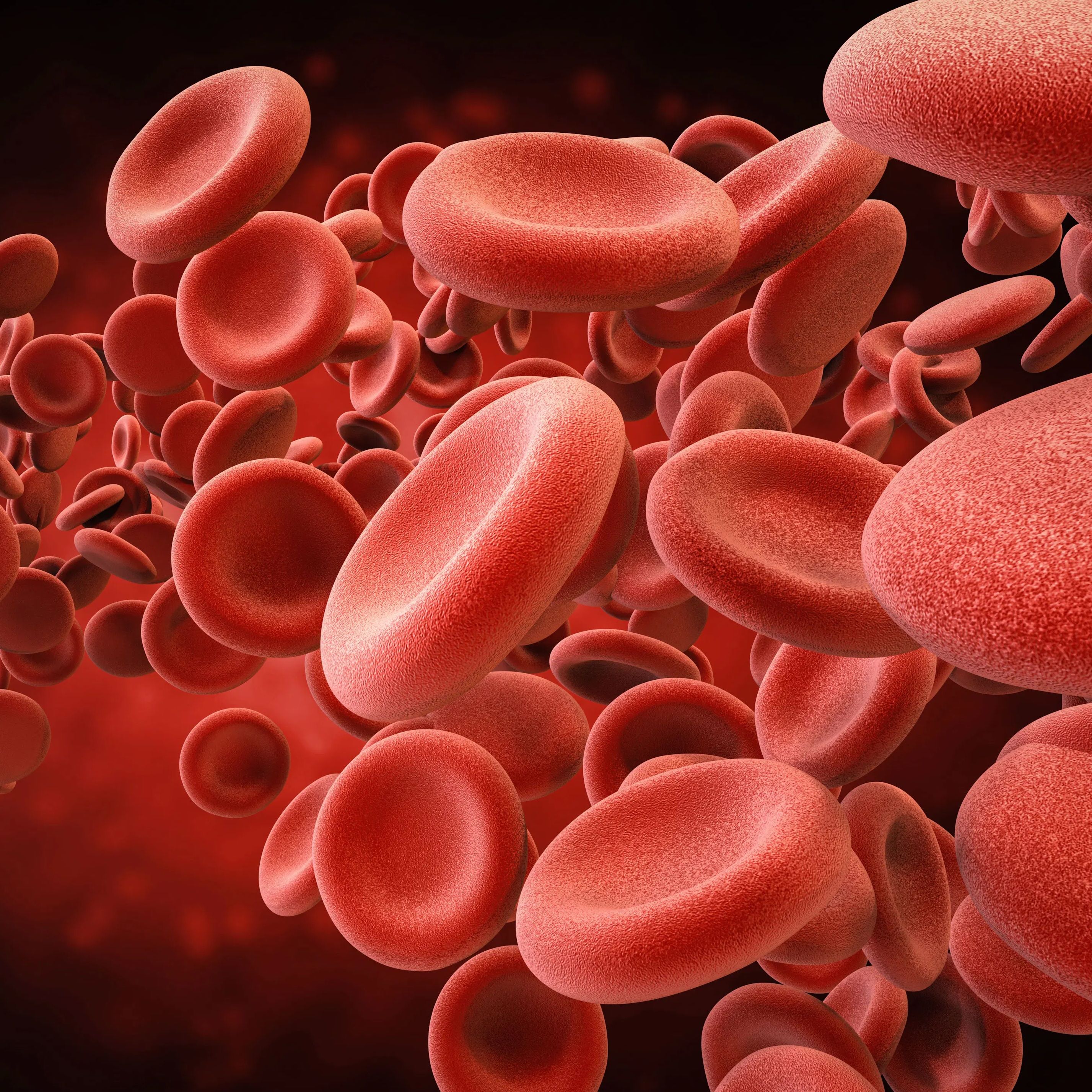Video
Evolution of Heart Failure Treatments
Author(s):
Experts in cardiology provide a brief history on treatments used for heart failure including ACE (angiotensin converting enzyme) inhibitors and beta blockers.
James Januzzi, MD: Let’s talk about the expert consensus algorithm, which focuses on the drugs that we give to our patients. It doesn’t go in too much detail about why. This is not a guideline, but nonetheless, it’s probably useful for the viewers to understand a little about the historical framework before we go into the update for the consensus document, because it does incorporate some important changes. Javed, please give us a brief history on the treatment for heart failure, focusing on the prior classes, ACE [angiotensin-converting enzyme] inhibitors or ARBs [angiotensin receptor blockers], β-blockers and mineralocorticoid, otherwise known as aldosterone antagonist.β
Javed Butler, MD, MPH, MBA: I very much appreciate the way you framed this question as the historical background, because it truly is a historical construct and not a biologic construct. The way these therapies have evolved since the 1980s is somewhat the history of medicine. Nobody was thinking that you have to do this first, this second, and this third. That’s how you ended up doing research. Initially, heart failure with reduced ejection fraction [HFrEF] was supposed to be a disease where there is congestion and disease contractility, so we gave diuretics. That was a common sense thing to do if somebody was “overloaded.” For decreased contractility, we gave various different inotropes. Inotropes made the patients feel better, but we haven’t found a perfect inotrope that improves survival. Some of them actually worsen survival because of the risk of sudden cardiac death.
In the 1990s our thought process evolved as we looked at this fundamental question. Suppose your ejection fraction is 60% and you had some insult—like Adriamycin toxicity, heart attack—and your ejection fraction goes to 35%. Logic would say that in the absence of another insult, it should just stay at 35%, but that doesn’t happen. If you leave a person alone, the ejection fraction continues to go down. Why is that? That’s because once you develop heart failure, you have secondary activation of the neurohormonal system that leads to both adverse hemodynamic changes, and direct organ and cellular level toxicity. That’s where this whole revolution of neurohormonal antagonism came up. We started first with the RAS [renin-angiotensin system] modulators, ACE inhibitors, ARB, with great success with reduction in mortality and hospitalization. Then was the more difficult task. Pathophysiologically, it made a lot of sense to use β-blockers, except that when I was in medical school, β-blockers were contraindicated in patients with heart failure.
James Januzzi, MD: Yes, I remember that. We were told not to use them.
Javed Butler, MD, MPH, MBA: Exactly, because of the initial negative inotropic effect. But in the long run, there’s improvement in remodeling and whatnot. So the trick here was to learn how to use it, how to select patients, and how to carefully titrate. There was spectacular success with β-blockers, and then the RAAS [renin-angiotensin-aldosterone system], an aldosterone antagonist, came along the way. Then came bioventricular pacemakers. Things were evolving.
James Januzzi, MD: From a historical perspective, everything you’ve said about the drug therapy is, “block, block, block,” it’s “knock down the bad,” right? So what was the next page in this story?
Javed Butler, MD, MPH, MBA: The next page was that we realized that Mother Nature also has mechanisms that come into play to balance this bad neurohormone. While we were trying to attenuate the bad neurohormone, the theory came about to accentuate Mother Nature’s good neurohormones. They are there, but because of the abnormal hemodynamics, there is always an excess of the bad neurohormones. The good neurohormones cannot keep up, especially because they keep getting chewed up and metabolized by an enzyme called neprilysin, all of these vasoactive peptides—ANP [atrial natriuretic peptide], BNP [B-type natriuretic peptide], CNP [C-type natriuretic peptide], adrenomedullin and what have you. Then we said to not only focus on attenuating the bad neurohormone but accentuating the good neurohormone to try to bring that balance. That’s where the neprilysin inhibitors came in.
The valsartan/sacubitril combination of RAS modulation and nebulizing modulation led to further reduction in mortality and morbidity and made people feel good. So far so good—all neurohormonal focus, attenuation of bad, accentuation of good—but not everything was successful. There was neurohormonal antagonism that was tried that did not further improve outcomes, endothelin blockers in HFrEF and vasopressin antagonists, and that’s where we thought we need to start looking at alternate pathways as well. That’s where all of these things, the soluble guanylate cyclase, iron deficiency, and LCO-22 inhibitors come in. It’s been a tremendous run over the past 30 years in how this field has evolved.
James Januzzi, MD: Yes, it’s been quite dizzying in a way and really illustrates the need for some clinical practice guidance to understand how and when to use these drugs.
Transcript Edited for Clarity





